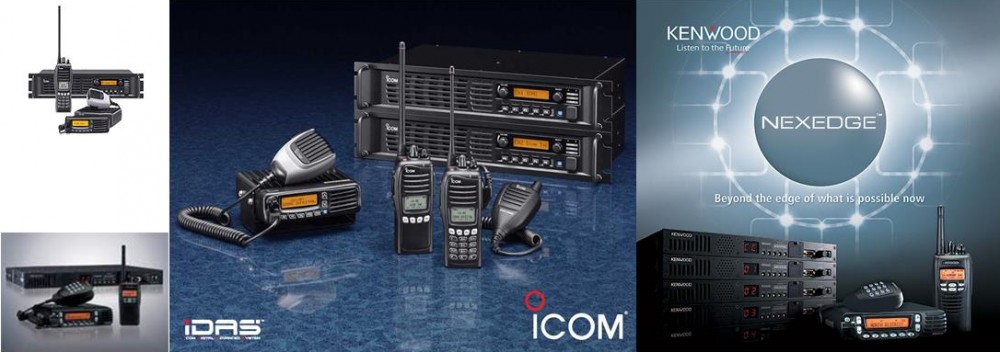The following list is active on the network as of 8-29-14 at 9AM ET
ICOM – 11
W7QO, NI4CE, KI4SWY, AE7OD, KC1JET, KC9GMX, N1OTY, KB1ISZ, VA3YYZ
KENWOOD – 11
K4GFD-2, KJ4OVA, KD4EFM, W7QO, N5QZ, K1IFF, WX7Y, K1IFF-1, K4GFD-2, WB9HKE, KF4I
(Reflector connections are 2 W7QO would be duplicated, they create the bridge)
Evans Mitchell
KD4EFM
